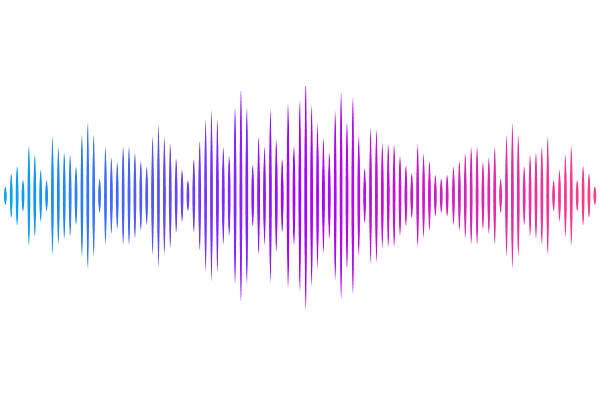RS-fMRI Evidence for Differential Within- and Between-Module Interactions Across Age

RS-fMRI Evidence for Differential Within- and Between-Module Interactions Across Age
Lee, T.-W.
AbstractBackground: Previous resting-state functional MRI (rsfMRI) studies have identified a robust inverse relationship between nodal strength and amplitude of low-frequency fluctuations (ALFF) across cortical modules. This study examined whether this negative relationship also within modules, to evaluate the validity of functional parcellation (FP) as a preprocessing step for neural network construction, and explored age-related effects on these associations. Methods: Using MOSI (modularity analysis and similarity measurements), rsfMRI data from three public datasets spanning different age cohorts were analyzed. Correlations between nodal strength (or voxel concordance within modules) and ALFF were calculated. Geometric mean p-values assessed robustness at the individual level. Results: Confirming prior findings, a significant inverse correlation between nodal strength and ALFF was observed at the between-module level (geometric p-values 10-4 to 10-5). Within-module negative associations were nonsignificant in younger cohorts (mean ages 10 and 21) but became significant in the older cohort (mean age 33). The magnitude of this negative association increased with age, consistent with maturation of local inhibitory network mechanisms. Conclusions: The findings support FP as a valid preprocessing method, with within-module inhibitory effects strengthening in adulthood. The age-dependent modulation suggests network maturation impacts local neural activity regulation, with implications for neurodevelopmental and neuropsychiatric conditions.